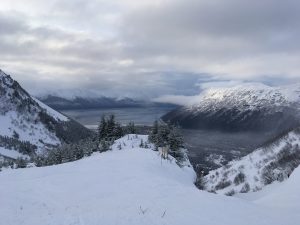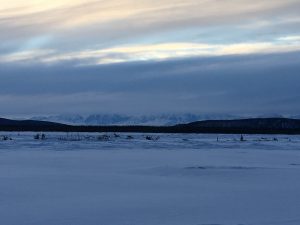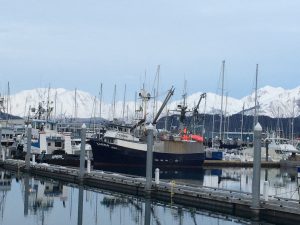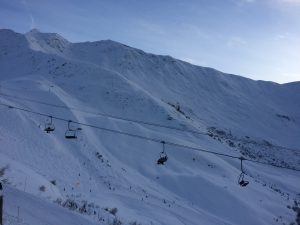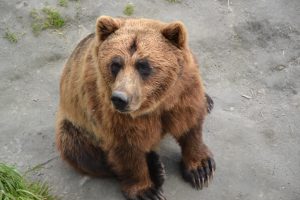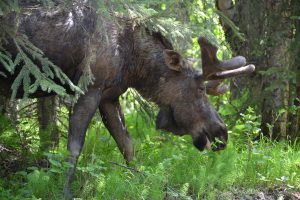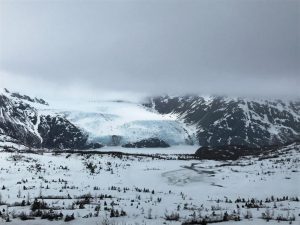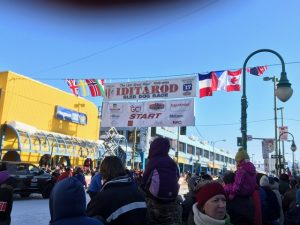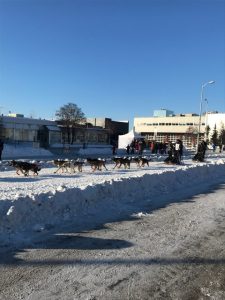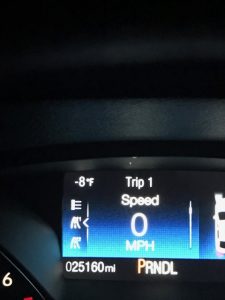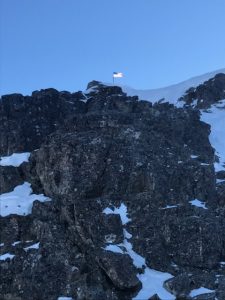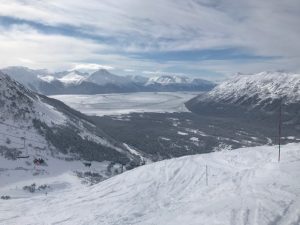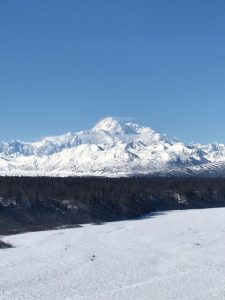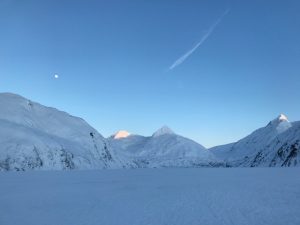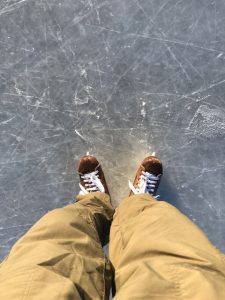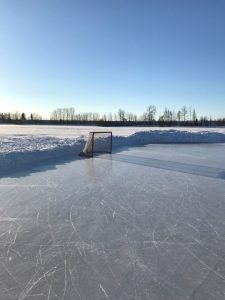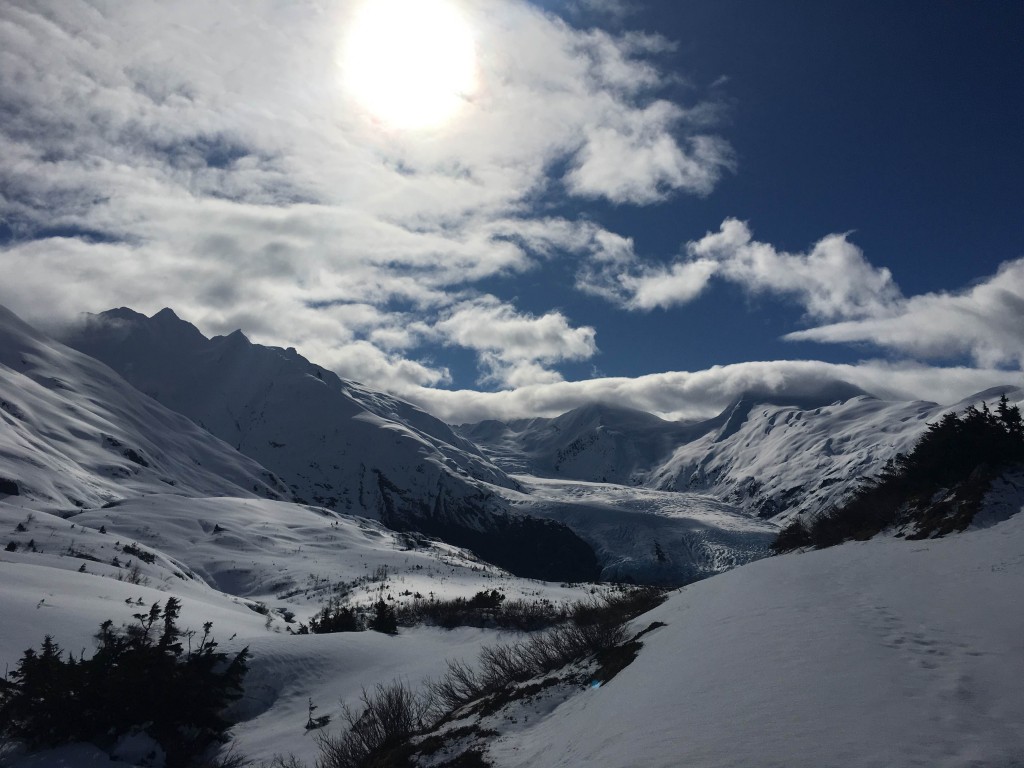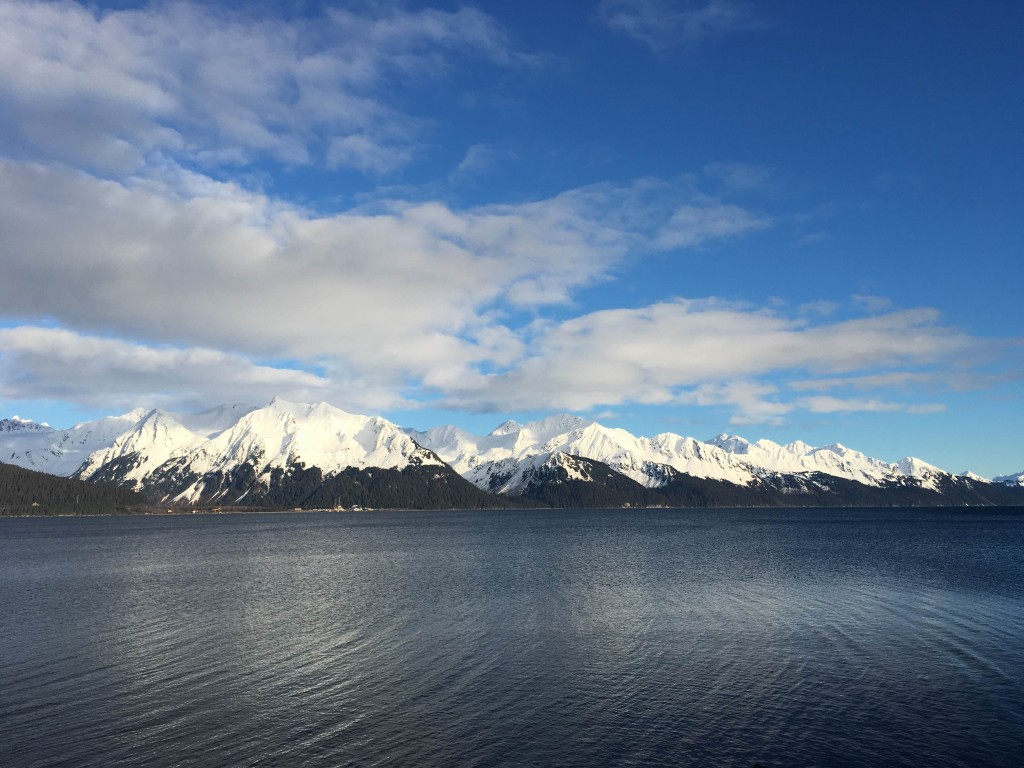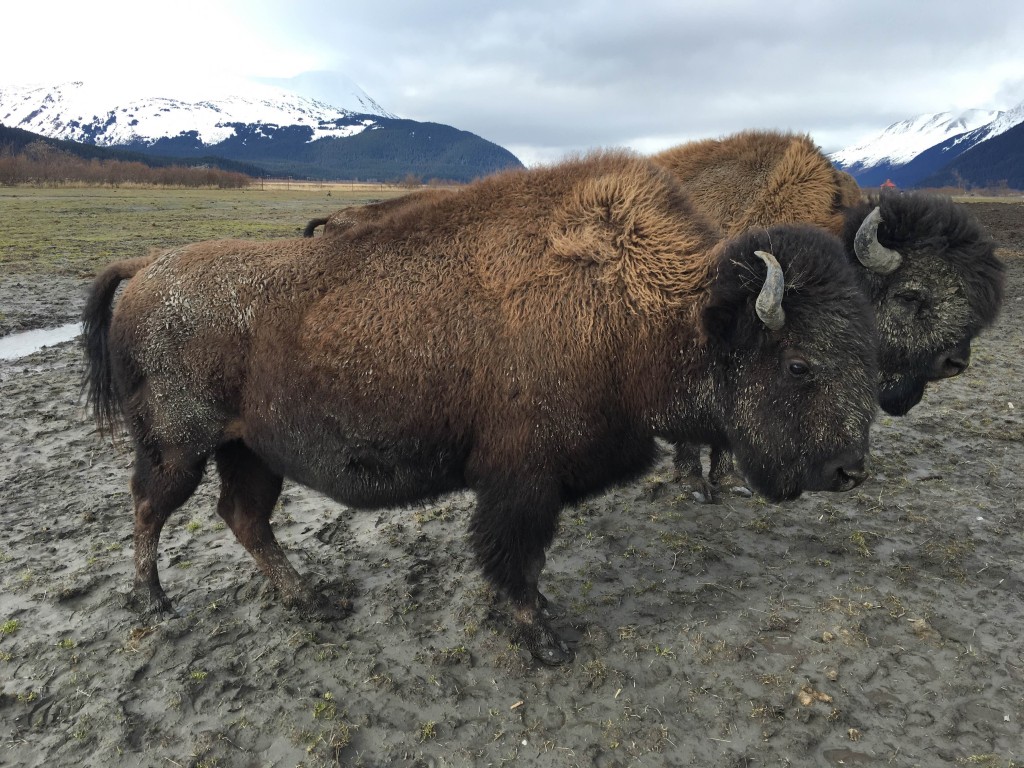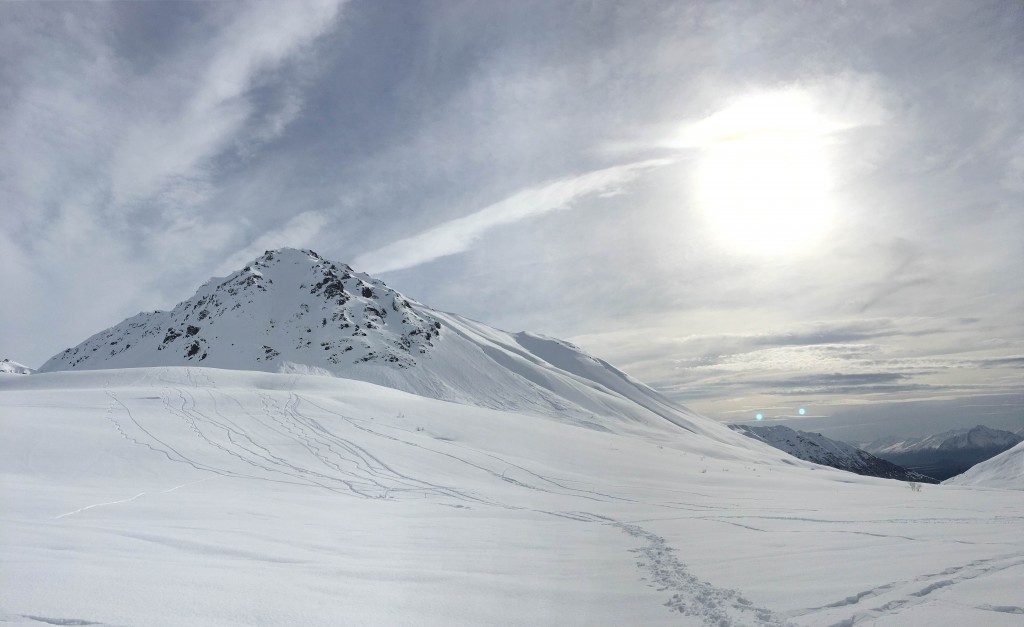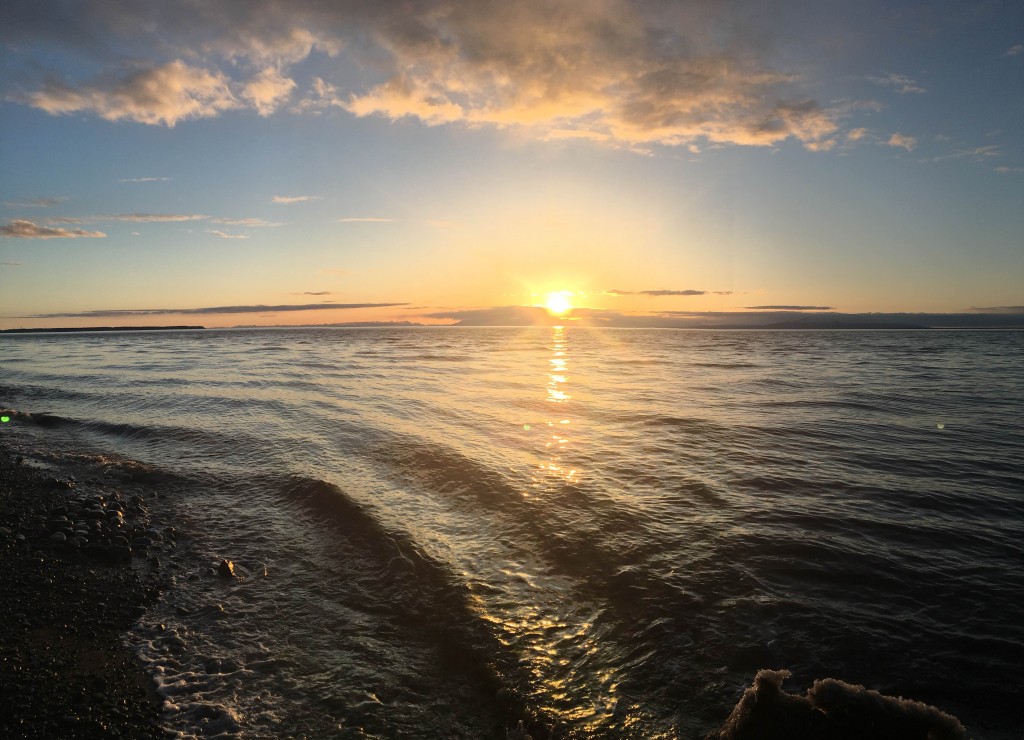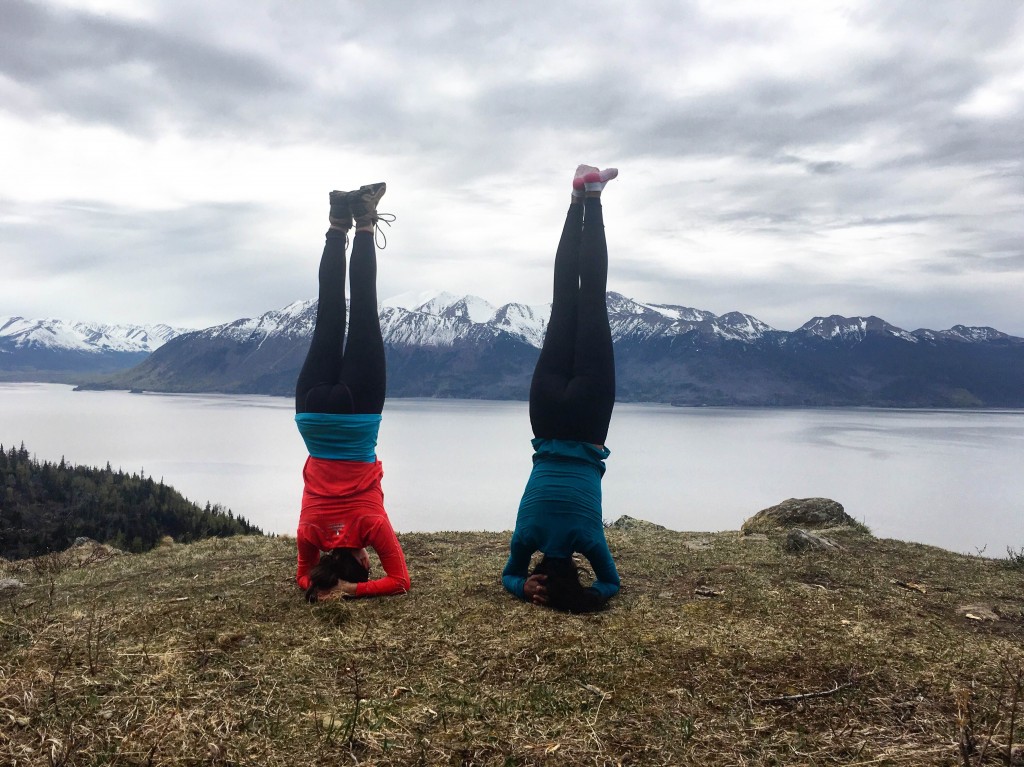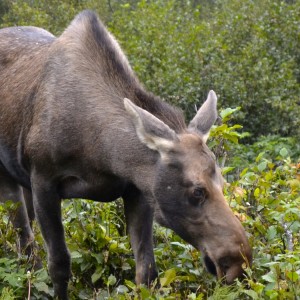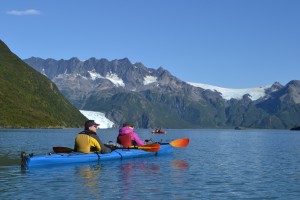I absIolutely adored my month in anchorage at ANMC. I know I want to do pulm/CCM, and wanted to use the rotation as an opportunity to get more ICU exposure, gain more procedural experience, and see a different pattern of practice outside of an urban, academic setting. On all of those fronts, it did not disappoint.
The rotation is very flexible on schedule; I opted for 3 weeks of ICU and 1 week of pulmonary clinic. The ICU doctors really enjoy working with residents and love to teach. I got a ton of hands-on experiences managing trauma and neuro-ICU patients that we don’t get much exposure to as residents. I also put in a ton of lines and did other procedures, including my first chest tube! The week in pulmonary clinic was also a delight. I had the opportunity to work with Dr. Clark who is a brilliant and thoughtful pulmonologist. It was also a nice opportunity to talk with patients more in a lower acuity setting and get to know their culture and stories.
There is also a lot to do and see in Anchorage and the surrounding areas, especially in the summer! You can chunk days off together, and I used the week of pulmonary clinic to really enjoy my long days. I visited Denali, went fishing in the Kenai Penninsula, did several hikes, biked the Coastal Trail, and more!
Overall, I’d recommend ANMC to anyone who wants more ICU or procedural experience. It has been the best rotation I have done as a resident and was an incredibly valuable educational experience.
